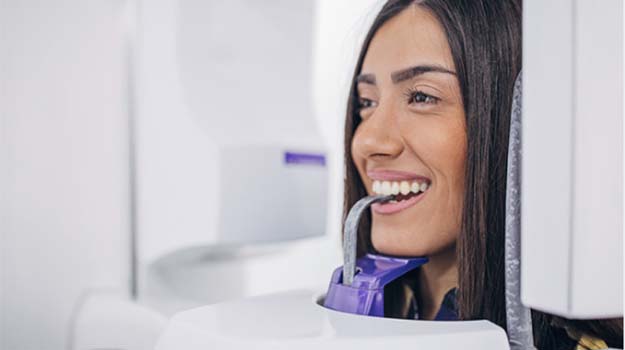The Latest Advancements in Dental Technology and Treatments
8 Mar 2023 admin
Dental technology is advancing at a terrific pace so that we can diagnose and treat oral health problems more quickly and effectively. Some of the latest advancements that are proving very useful within the dental world include digital dentistry, CADCAM technology, 3-D printing, and laser dentistry. These advancements aren't just limited to professional dental care; patients can use the latest toothbrushes and interdental products such as water and air flossers. Caring for your dental health has never been easier or more effective. This article takes a closer look at some of the latest innovations.
CEREC
Chairside Economic Restoration of Esthetic Ceramics, or CEREC, is a technology that has been widely used for several years. It is a process where dentists can create custom-made dental restorations in a single appointment using CADCAM design. The restorations include crowns, veneers and porcelain fillings. The process for preparing teeth is unchanged, but once the preparation is ready, your tooth is scanned with a tiny handheld camera that takes a detailed digital dental impression. The scan is used to custom design your new restoration before the design is sent to a CEREC on-site milling machine. There, your new restoration is milled precisely from a block of pre-shaded ceramic material before it is hand finished and ready to fit in your mouth. The process doesn't take very long and is incredibly accurate, and there is no need for a temporary restoration or a second appointment.
3-D Printing
3-D printing in dentistry is relatively new, but it is a technology that is picking up pace as it can be used to create dental prosthetics, including crowns, bridges and dentures. These restorations are accurate because they are precision made and can be customised for each patient. This ensures a comfortable and natural fit, especially when creating dentures.
Laser Dentistry
Laser dentistry is a very useful technology that is used in a variety of procedures. It is commonly used for teeth whitening as the laser energy helps the whitening gel penetrate tooth enamel more easily, providing optimal results more quickly. Dental lasers can also be very useful when treating gum disease, especially when gums have receded and pulled away from teeth creating deep pockets that can become filled with infectious bacteria. Laser energy is a very gentle and effective way to sterilise these areas and to remove gum tissue too badly damaged to heal. Because lasers are so precise, the maximum amount of healthy tissue can be preserved and protected. Also, using a dental laser helps minimise bleeding and swelling afterwards, making healing quicker and more comfortable.
Teledentistry
Not everyone can get to see a dentist easily, especially people living in more remote areas. Teledentistry allows them to receive dental care without travelling to a dental practice. This technology is useful for follow-up appointments and ensuring a patient is healing properly after treatment. It allows dentists to monitor patients closely, and patients benefit from improved access to expert dental care and advice.
It is an exciting time for dentistry, and these technologies open up new possibilities for treatment.
